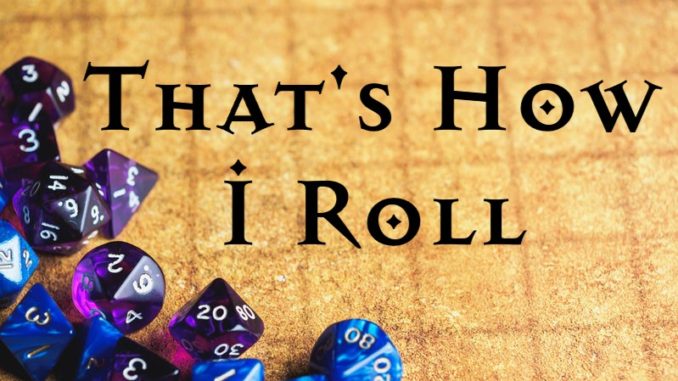
I imagine almost anyone who reads this article has had experience with the d20 system and/or similar single-die task resolution systems. Therefore, you’re probably already aware that in many d20 games, a one (1) represents a Critical Failure while a twenty (20) represents a Critical Success. It’s always cause for excitement when someone rolls a Nat 20, while a Nat 1 can cause the entire table to moan in despair. Because of the extreme consequences of these rolls, they can feel pretty special. But is that actually true? Not really.
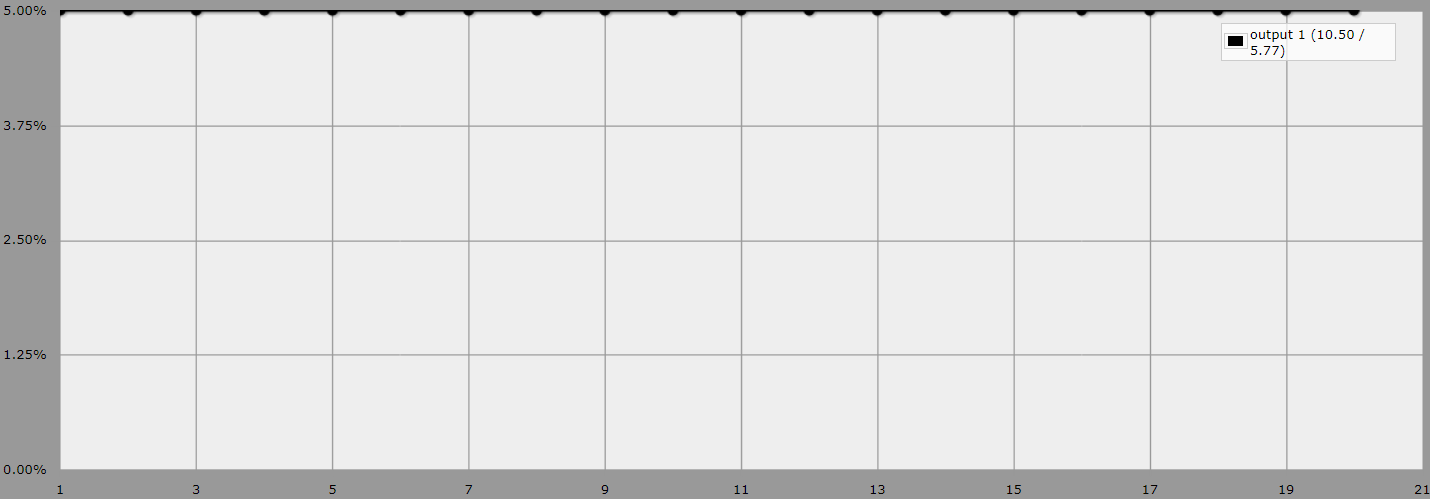
Odds of rolling a given number on a d20
Looking at the graph above, you’ll notice that the odds of rolling any given number creates a flat line. That’s because in the d20 system, which uses a single d20 for task resolutions, the chance of rolling any given number is one in twenty, or five percent (5%). This may not seem so bad at first, since a d20 could be any of twenty different values on a given roll, but with Critical Successes and Failures it means that you’ll do either amazingly well or atrociously awful 10% of the time in the long run. If you consider almost any task or challenge in the real world, how often can you say you were amazingly successful? Modesty aside, I think most people will agree that those sort of outcomes are much less than a 10% chance.
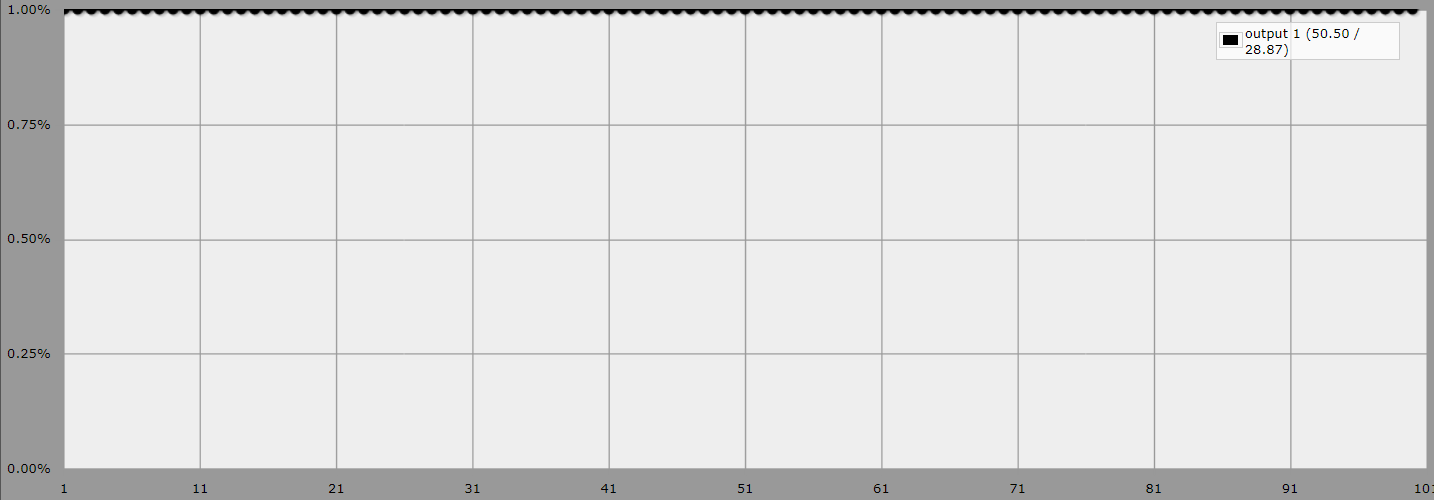
Odds of rolling a given number on a d100
Okay, so d20s are swingy. But what if we used a die with more sides? Looking at the chart above while d100 rolls are better in terms of rolling a Critical Success (1) or a Critical Failure (100) less often, on any given roll you still have the same chance (1%) of getting a 1, a 36, a 57, or a 100. And again, while that might seem fine and fair on the surface, it just doesn’t reflect the reality of the quality of outcomes most people experience. This is why I prefer systems that use more than one die whenever possible.
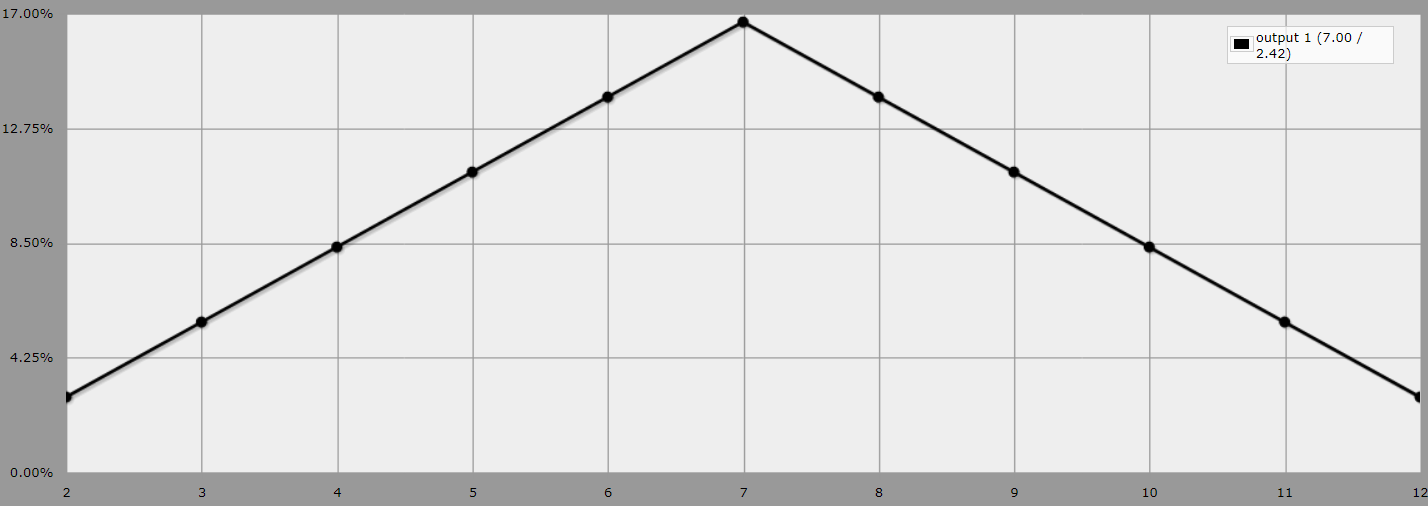
Odds of rolling a given total on 2d6
Above is the probability graph for a single 2d6 roll. A lot of games use 2d6 rolls for task resolution, including Traveller, Barbarians of Lemuria, and Stars Without Number. As you can see, the probabilities of rolling certain totals are higher than others. This is because when rolling 2d6, you have multiple combinations of dice that can total a given number. For example, a total of 7 (the most common total),can be achieved by rolling 1 and 6, a 2 and 5, or a 3 and 4.
Something else you’ll notice from looking at the graph is that the most common totals are concentrated in the mid-range of possible outcomes – you’re more likely to get a 6 or an 8 than you are a 2 or 12. All else being equal, you’re more likely to get a middling outcome than an extreme one. Assuming an “average” DC 7 task, you’ll have a slightly better chance of succeeding, but it’s more likely to be by a thinner margin.
All this being said, while the distribution of a 2d6 is definitely an improvement over that of a d20 or d100, it’s still pretty steep as two 6-sided dice together don’t offer a wide variety of possible totals. But what if we add another one?
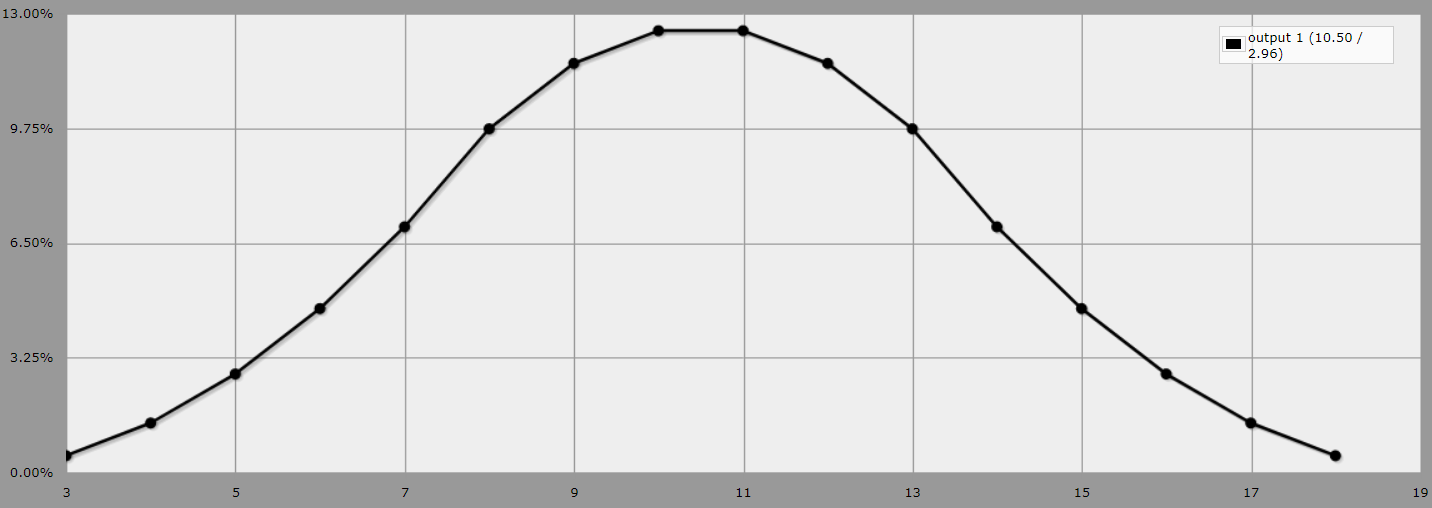
Odds of rolling a given total on 3d6
Above is the probably graph for a single 3d6 roll. Most readers should recognize the 3d6 roll as the traditional stat roll for d20 system games like D&D. The distribution of the 3d6 roll gradual curve where the middle values are much more likely to appear than the ones at the extremes. You have a 21% chance of rolling either a 10 or 11, whereas you only have a 0.92% chance of rolling either a 3 or 18.
Unsurprisingly, a stat value of 10 or 11 in the d20 system tends to come with 0 modifiers, as it’s the average. As you move further away from the mid-range, the modifiers become more extreme, but it becomes less and less likely to roll those totals. In other words, stats in D&D very much assume that most people are average, and there are only a small number of individuals that are absolutely amazing or terrible in a given aspect. Seems much closer to our lived experiences, doesn’t it?
I’m sad to say, however, that very few systems or games utilize 3d6 rolls for anything other than stat rolls. In fact, the only 3d6 resolution systems I can think of off the top of my head are the “Effect Engine” from Monsters & Magic the various AGE games from Green Ronin, and GURPS. That’s a shame, because in many ways a 3d6 gets much closer to a normal distribution than many of the other systems out there. In my opinion, things like Critical Successes and Critical Failures will feel much more special, and actually be much more special, if extreme values are much less likely to occur than middling ones.
I’d love to see more games that give rolls with more normal distributions of outcomes – to all you game designers out there, I throw down the gauntlet!
EDIT: A previous version of this article forgot to mention GURPS as an RPG that has a 3d6 core mechanic. GURPS has been added to the main article text.
Do you have thoughts or questions about the article or suggestions for future content? Leave a comment below or drop me a line at jtdimino@d20radio.com.
J.T. Dimino
Latest posts by J.T. Dimino (see all)
- The PC Factory: Aedan the Druid (Old School Essentials) - January 26, 2021
